The boundaries between science and imagination blur as the Metaverse Science Museum launches its groundbreaking exhibition, "Black Hole Odyssey: A Dive into the Invisible." This unprecedented immersive experience transports visitors beyond the event horizon, offering a visceral encounter with one of the universe’s most enigmatic phenomena. Unlike traditional planetarium shows or documentary recreations, this exhibition leverages cutting-edge metaverse technology to simulate the warping of spacetime itself.
Developed in collaboration with astrophysicists from the Event Horizon Telescope project, the simulation begins with users materializing near a supermassive black hole’s accretion disk. The team spent eighteen months refining the visual and gravitational algorithms to recreate the photon sphere’s eerie glow—where light orbits the black hole in unstable paths. "We’re not just showing a Hollywood version," explains Dr. Elara Voss, lead scientific consultant. "The exhibit demonstrates real physics, including spaghettification effects on virtual objects when tidal forces exceed 10^6 g."
The experience’s most harrowing moment comes during the simulated crossing of the event horizon. Visitors report losing all spatial orientation as the simulation manipulates their virtual proprioception. Time dilation effects become palpable—watches on their avatars’ wrists visibly slow compared to companions who "remain outside." This temporal distortion, while simulated, produces measurable physiological responses; museum staff monitor participants’ heart rates as the black hole’s gravitational waves pulse through haptic feedback systems.
Beyond the spectacle lies serious science communication. The post-experience debrief area features interactive modules explaining how the simulation parallels actual black hole research. Visitors can manipulate a holographic interferometer model matching those used by the LIGO collaboration, observing how gravitational waves would distort under different spin parameters. "Most people think black holes are just cosmic vacuum cleaners," remarks curator Diego Marquez. "Here, they experience how they’re dynamic engines reshaping entire galaxies."
Early access reviews highlight the exhibition’s emotional impact. Test participant Mika Chen described "existential vertigo" when the simulation rendered the one-way boundary of the event horizon: "Seeing my last photon signals redshift into oblivion triggered something primal." Such reactions underscore the exhibit’s success in merging scientific accuracy with profound psychological engagement—a rarity in virtual science education.
Technical breakthroughs powering the simulation include: real-time ray tracing of Kerr metric spacetime curvature and a novel "quantum foam" shader algorithm that visualizes Planck-scale spacetime fluctuations near the singularity. The museum’s engineers had to develop custom compression protocols to handle the petabytes of data streaming to users’ VR headsets without perceptible latency.
Controversy emerged during development regarding how to represent the singularity itself. The final design employs a dynamic, non-visual representation using binaural audio frequencies derived from black hole quasinormal modes. "Showing a ‘thing’ at the center would be scientifically dishonest," Dr. Voss notes. "What visitors ‘see’ is their own mind struggling to conceptualize infinite density."
The exhibition’s second phase, launching in 2024, will incorporate multiplayer elements allowing groups to collaboratively solve relativistic physics puzzles while orbiting the black hole. Early tests suggest the shared experience enhances comprehension of counterintuitive concepts like frame-dragging. Educational researchers are particularly excited about plans to integrate the simulation into university-level astrophysics curricula.
As lines form around the virtual museum’s event horizon portal, the project redefines public engagement with theoretical astrophysics. Where textbooks describe mathematical abstractions, this simulation delivers embodied understanding—letting visitors not just learn about black holes, but for thirty unforgettable minutes, live within one. and for key concepts and quotes.
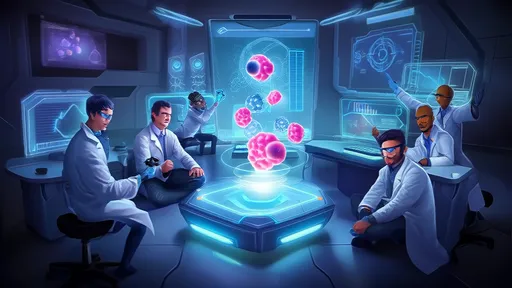
By /Jul 2, 2025
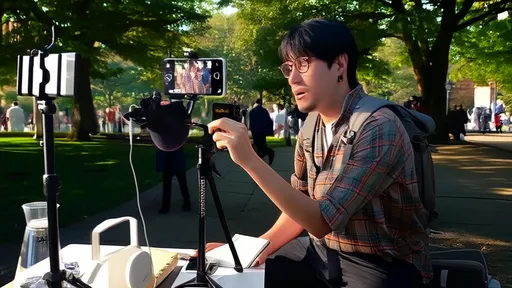
By /Jul 2, 2025
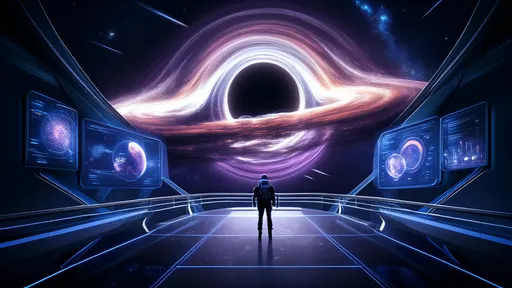
By /Jul 2, 2025
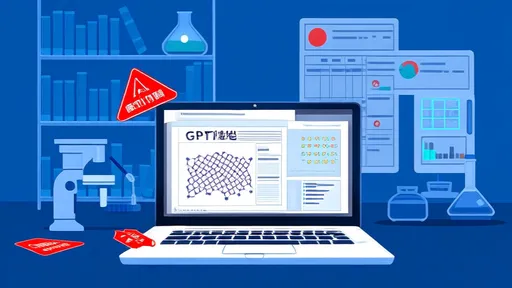
By /Jul 2, 2025
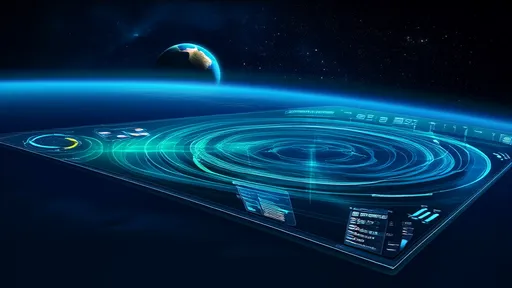
By /Jul 2, 2025
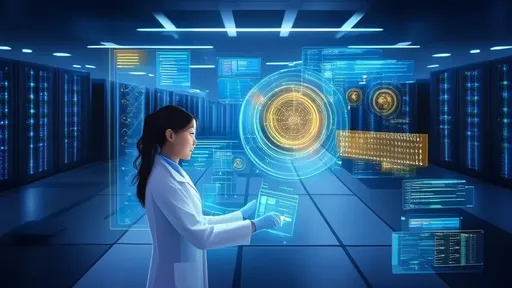
By /Jul 2, 2025
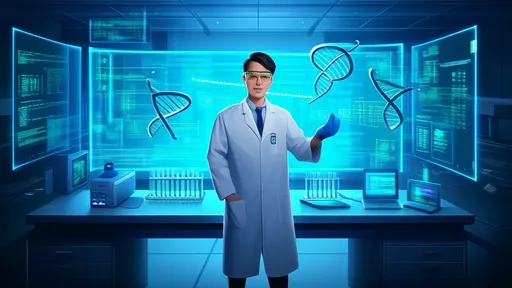
By /Jul 2, 2025
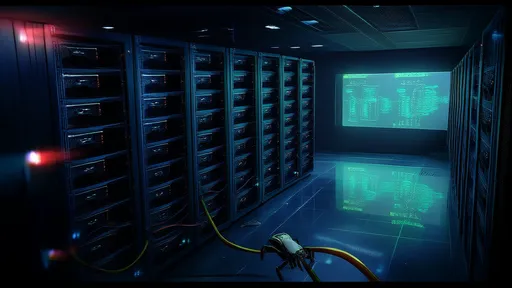
By /Jul 2, 2025
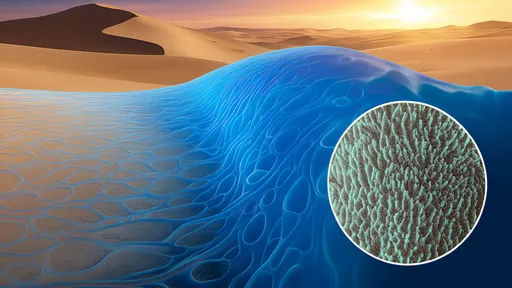
By /Jul 2, 2025
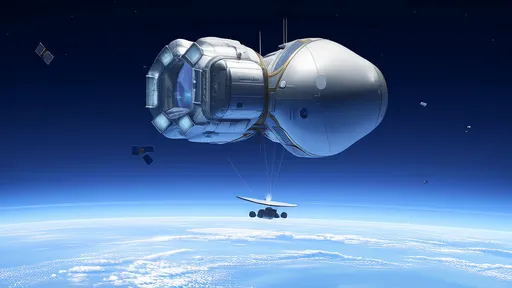
By /Jul 2, 2025
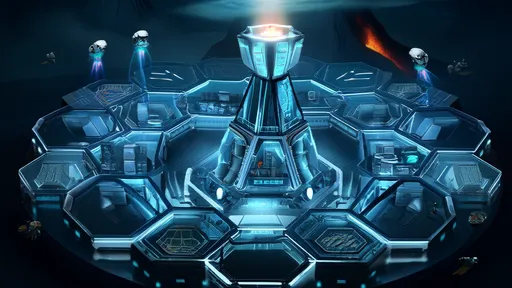
By /Jul 2, 2025
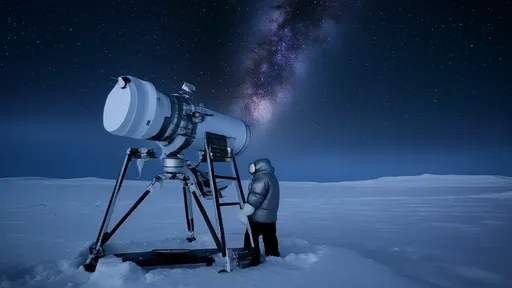
By /Jul 2, 2025
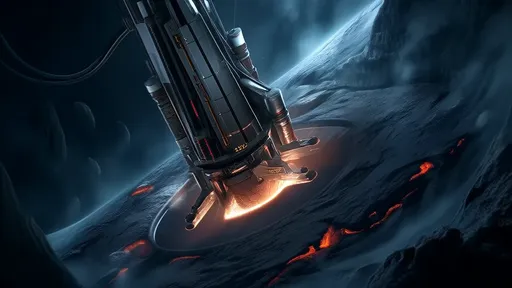
By /Jul 2, 2025
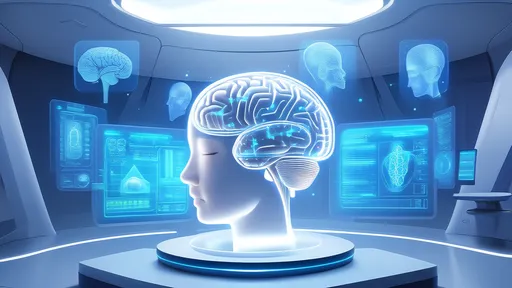
By /Jul 2, 2025

By /Jul 2, 2025
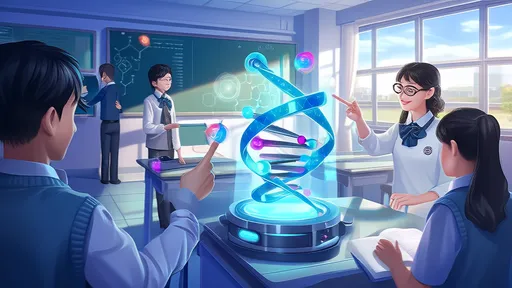
By /Jul 2, 2025
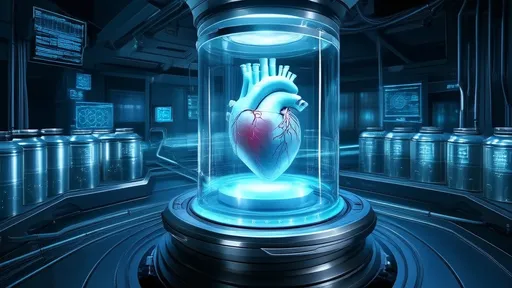
By /Jul 2, 2025
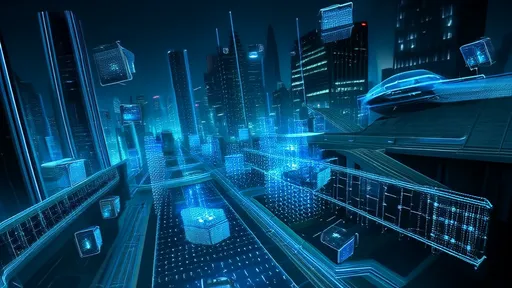
By /Jul 2, 2025
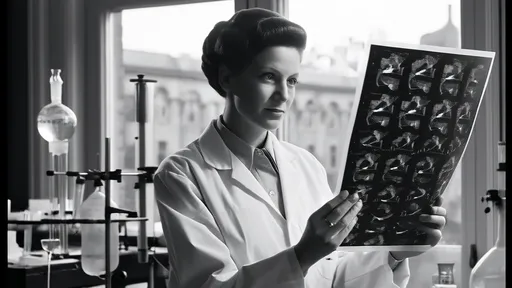
By /Jul 2, 2025
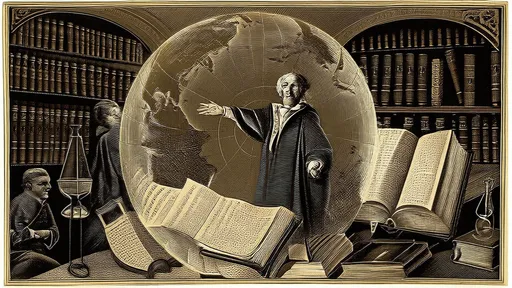
By /Jul 2, 2025